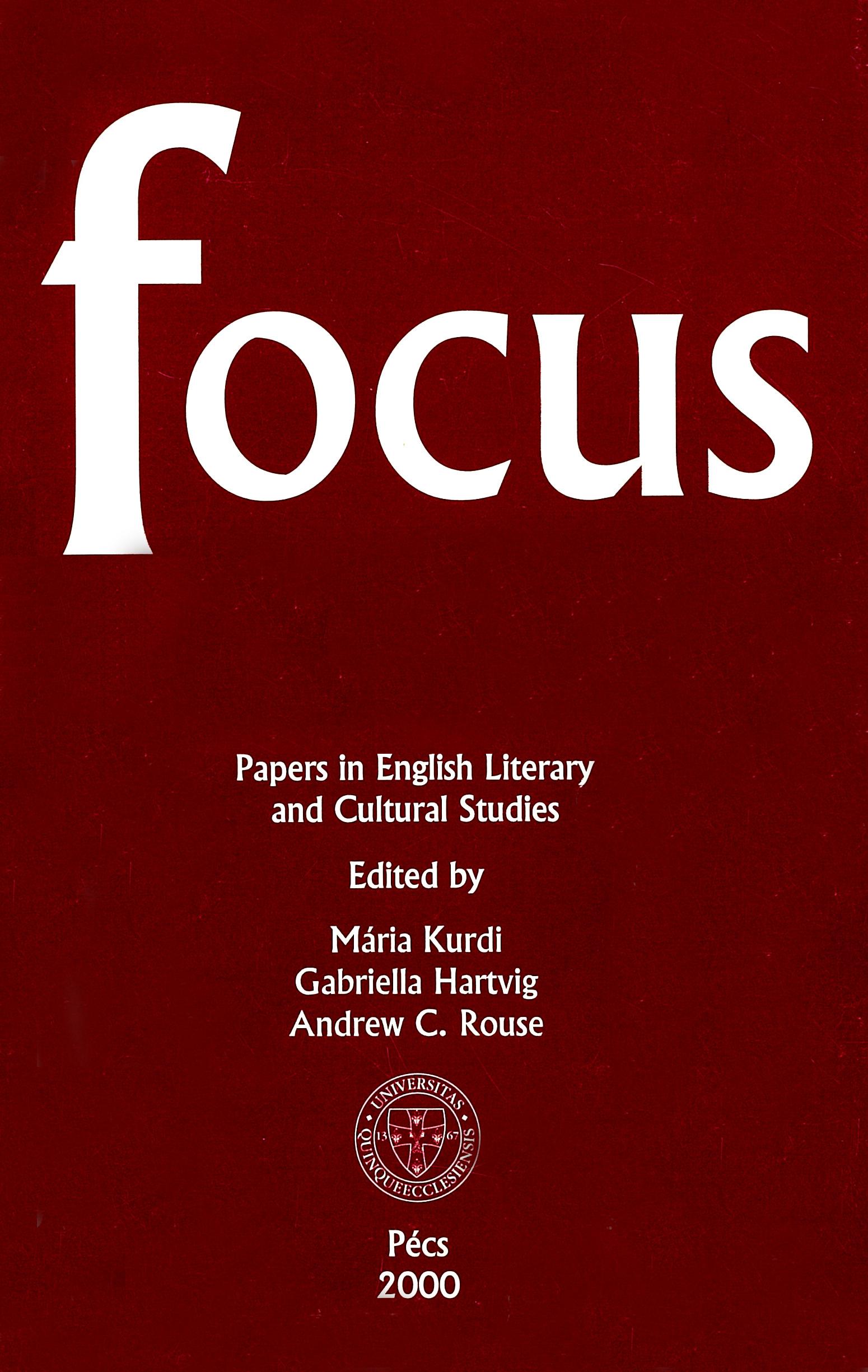Hypertext: Theory into Practice The Operating Mechanisms of Hypertextuality in Foe, Poor Things and Pale Fire
Abstract
There can be no user of the worldwide computer network who is not familiar with the mechanisms and the operation of that special text-system which is built up from the most various data placed on the millions of servers or hosts that function as a domain to form a retrieval system. The data programmed to be available for the most remote users by a mere click on a link or image, most frequently appears on the screen of the visitors of the Net as a particular type of text, widely known as the hypertext. While computer-literate people or the readers of the Internet are aware of the qualities and the characteristics of the operation of the hypertext, scholars working in the field of literary theory and interpretation—since they are practicing readers of the older, more conventional linear, printed text that mainly takes the form of the book—do not or cannot take the new text organization, the hypertext, into consideration. However, computer text theories find their way into printed literature, and this study will show how certain books and their printed characters—not made up from pixels but ink—conform to the hypertext or show the peculiarities of a printed hypertext. In addition, two of the analyzed texts—the prize-winning Pale Fire and Foe, by Vladimir Nabokov and J. M. Coetzee respectively—were written when only the theoretical foundation of the earlier, not so sophisticated ancestor of the world wide web, the gopher, which started out as a smaller information system between a couple of American universities, was set up. The third text to be examined is the
Booker Prize-winner Poor Things by Alasdair Gray, the distinguished Scottish writer. The reading of his book will also show that the appearance of hypertextuality is not only restricted to computer-generated texts, but that its conceptual traces may be found in printed literature as well. The aim of this study is not to give an overall and intensive analysis of the works instead, it concentrates on the structural analysis of the hypertextual system that produces the fabric of the texts.
Downloads
Published
How to Cite
Issue
Section
License

This work is licensed under a Creative Commons Attribution-NonCommercial-NoDerivatives 4.0 International License.
FOCUS: Papers in English Literary and Cultural Studies follows the principles laid down by Creative Commons, which provides guarantees for the Author’s copyright while also ensuring that intellectual properties are made available for the wider public in a digital form. All papers submitted to the journal apply the following licence conditions (indicated on the journal’s website as well as in individual publications):
“© This work is licensed under a Creative Commons Attribution-NonCommercial-NoDerivatives 4.0 International License.”
You are free to:
- Share, copy and redistribute the material included in the journal in any medium or format under the following terms:
- Attribution — You must give appropriate credit to the Author, and indicate the original place of publication [FOCUS: Papers in English Literary and Cultural Studies, Issue nr., page numbers.].
- NonCommercial — You may not use the material for commercial purposes.
- NoDerivatives — You are not allowed to remix, transform, or build upon the material.
- The above conditions must always be indicated if the journal material is distributed in any form.
- The above conditions must always be met, unless a written permission signed by the Author and the Editor-in-Chief states otherwise.

